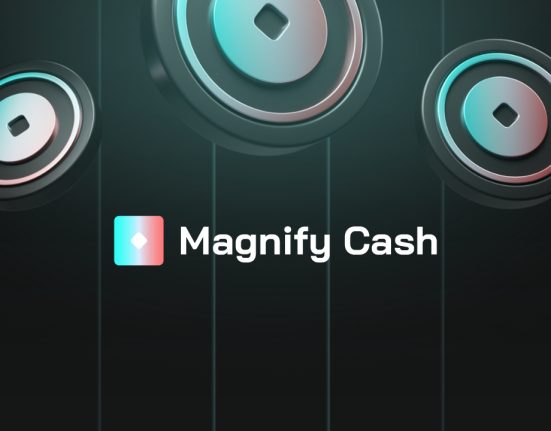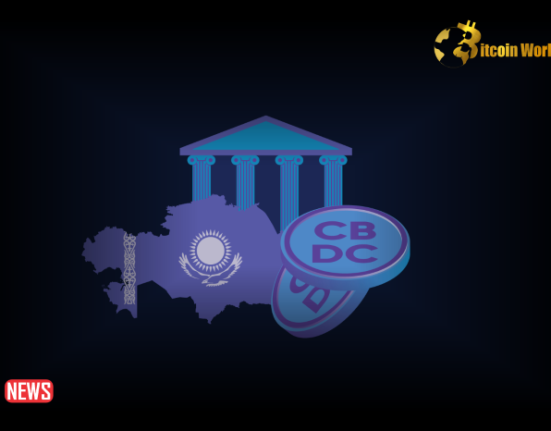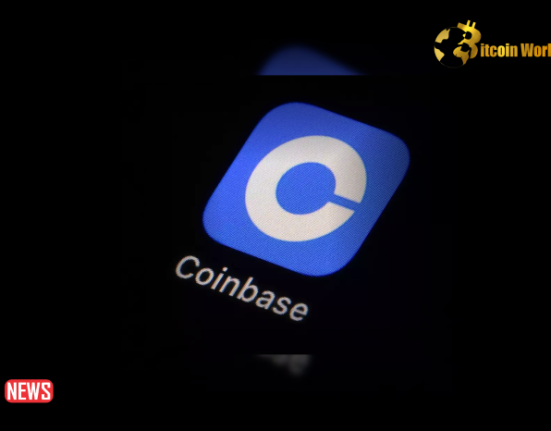- The Philippines’ central bank plans to launch its Central Bank Digital Currency (CBDC) within two years, offering a safer alternative to crypto.
- The CBDC would use the Peso Real Time Gross Settlement System, governed by the National Payment Systems Act, instead of blockchains.
- The bank’s governor, Eli Remolona Jr, says the CBDC is a response to private cryptocurrencies, citing China’s successful e-CNY test.
The central bank of the Philippines, Bangko Sentral bg Pilipinas, plans to launch a central bank digital currency (CBDC) within two years.
The bank wants to complement physical cash and offer a less risky alternative to cryptocurrencies.
The governor of the central bank of the Philippines said it will launch a central bank digital currency that will not depend on blockchains.
Philippines To Launch Blockchain-Free CBDC
The bank will initially offer the tokenized currency to commercial banks.
The initial goal of the wholesale CBDC will be to improve the efficiency, safety, and robustness of domestic and overseas payments.
See Also: Argentina Tops Latin America in Stablecoin Purchases and Holdings
According to the bank’s governor, Eli Remolona Jr., the bank will not implement the CBDC using blockchain infrastructure.
Instead, it will use the Peso Real Time Gross Settlement System, already governed by the National Payment Systems Act.
The Act provides the regulatory framework for funds exchange by institutions.
“Other central banks have tried blockchain, but it didn’t go well,” Remolona said.
He added that similar to the approach by Sveriges Riksbank, the Philippine CBDC would complement rather than replace cash.
The Swedish central bank clarified this in a bulletin published in December 2023.
How Countries Are Squeezing Crypto With CBDCs
Remolona also explained that the new CBDCs would be his bank’s answer to private cryptocurrencies.
He cited China’s proving the feasibility of a wholesale CBDC with its e-CNY tests.
China and several other countries have implicitly made crypto transactions infeasible by promoting CBDCs or suppressing crypto through tough regulations.
See Also: Russian Police Shut Down Two Crypto Mining Centers, Took Down 400+ Mining Rigs
India’s tax system targets private crypto holders with a 30% tax burden. Recently, the government recently rolled out a heavily-monitored CBDC.
In January 2023, crypto advocate Nic Carter highlighted covert efforts by the White House financial regulators to suffocate crypto.
Amid the 2023 US banking crisis, a former US Congressman accused regulators of shutting down one of the affected banks for political reasons.
The New York State Financial Services Department denied targeting Signature for its crypto business line.
Even in Hong Kong, where crypto regulations were rolled out to much fanfare in June, crypto companies must comply with rules some have considered infeasible.
The Monetary Authority of Singapore has also pushed its own mechanisms of tokenized payments while discouraging, but not explicitly forbidding, retail trading.
Disclaimer: The information provided is not trading nor financial advice. Bitcoinworld.co.in holds no liability for any trading or investments made based on the information provided on this page. We strongly recommend independent research and/or consultation with a qualified professional before making any trading or investment decisions.
#Binance #WRITE2EARN














